One of the best things you can do for your garden in the off-season is to feed the soil. Nutrient-rich soil yields healthy plants and high yields. Read on for 10 tips on how to get your healthiest soil ever!
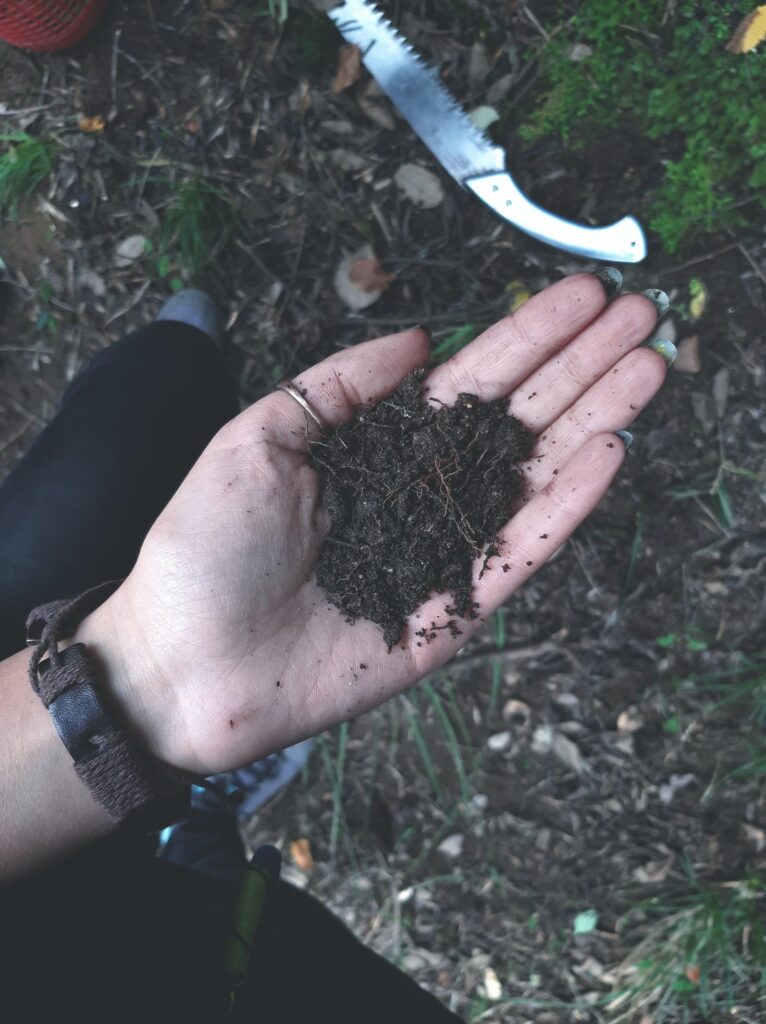
It’s at about this point in the off-season that my fingers get to itching to be in the soil again. We’ve had our first snow, even the cold hardy stuff has gone into maintenance mode, and I just want to nurture growing things again.
Unfortunately, here in zone 6, I’ve got at least three months until I can justify starting any seeds. In the meantime, I’ll while away many hours this winter perusing seed catalogs and planning and re-planning my garden layout for spring.
But there is one thing I can be doing – that everyone can – to help guarantee next year’s is the best garden ever.
And that’s to feed the soil.
Soil is one of the most important factors in successful gardening. Having healthy, richy soil is how I was able to harvest over 100 lbs of food from just two 3x10ft beds – beds that were jam-packed with plants competing for nutrients.
If you’re wondering if you need to feed your soil, the short answer is yes. Feed the soil, feed your plants. Every year, your garden plants draw their nutrients out of the soil – tomatoes and other nightshades are particularly heavy feeders.
Whatever you do, maintaining healthy soil should be at the very top of your gardening to-do list. And fall and winter is the ideal time to feed the soil so it can absorb all the nutrients before spring planting.
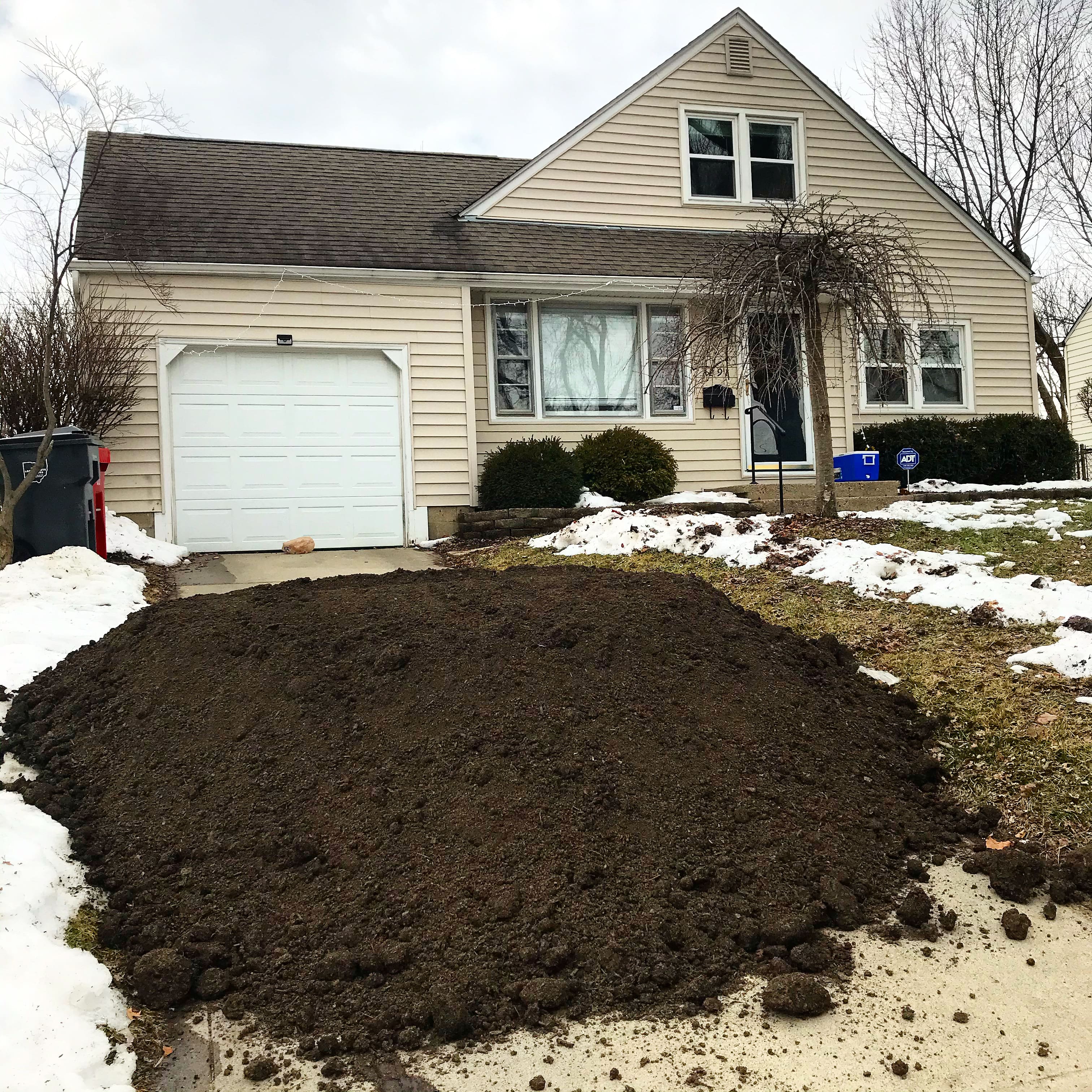
First things first, what is soil?
Really, it might be more accurate to ask what are soil. It’s not just one thing, but a whole teeming world of microbes, bacteria, minerals, gases, liquids – a whole web of organisms that support life.
The life in the soil provides your plants with their access to nutrients, water, and air while also helping assist them in resisting pests and diseases.
Knowing your soil’s texture or consistency is helpful in knowing what it needs. This isn’t a foolproof method, but it’s pretty standard, for example, that a clay-heavy soil will need help with drainage whereas a sandy soil will need help holding moisture.
We classify soil in one of three ways:
- Sandy soil – as it sounds, sandy soil is sandy in texture. It’s easy to dig in and slides easily through your hands. At the same time, nutrients and moisture slide right through it. Because of this, sandy soil can’t provide your plants with what they need to flourish on its own. Sandy soil will need amendments like compost or manure to help it retain moisture.
- Clay soil – this is almost the opposite of sandy soil. Clay soil is heavy and compacts easily. The clay binds to elements in the soil, keeping water from draining and air from penetrating. Plants growing in clay soil risk root rot. These have trouble accessing nutrients because the clay locks them up. Clay soils need amendments that help them drain – so, again, compost, but also things like peat moss or coco coir (if your soil is loose enough that you can mix these in).
- Loamy soil – the perfect balance between sandy and clay soils. It allows water to drain, but still clumps together when you squeeze it. Loamy soil tends to have a high quantity of organic matter, filling it with plant-happy nutrients.
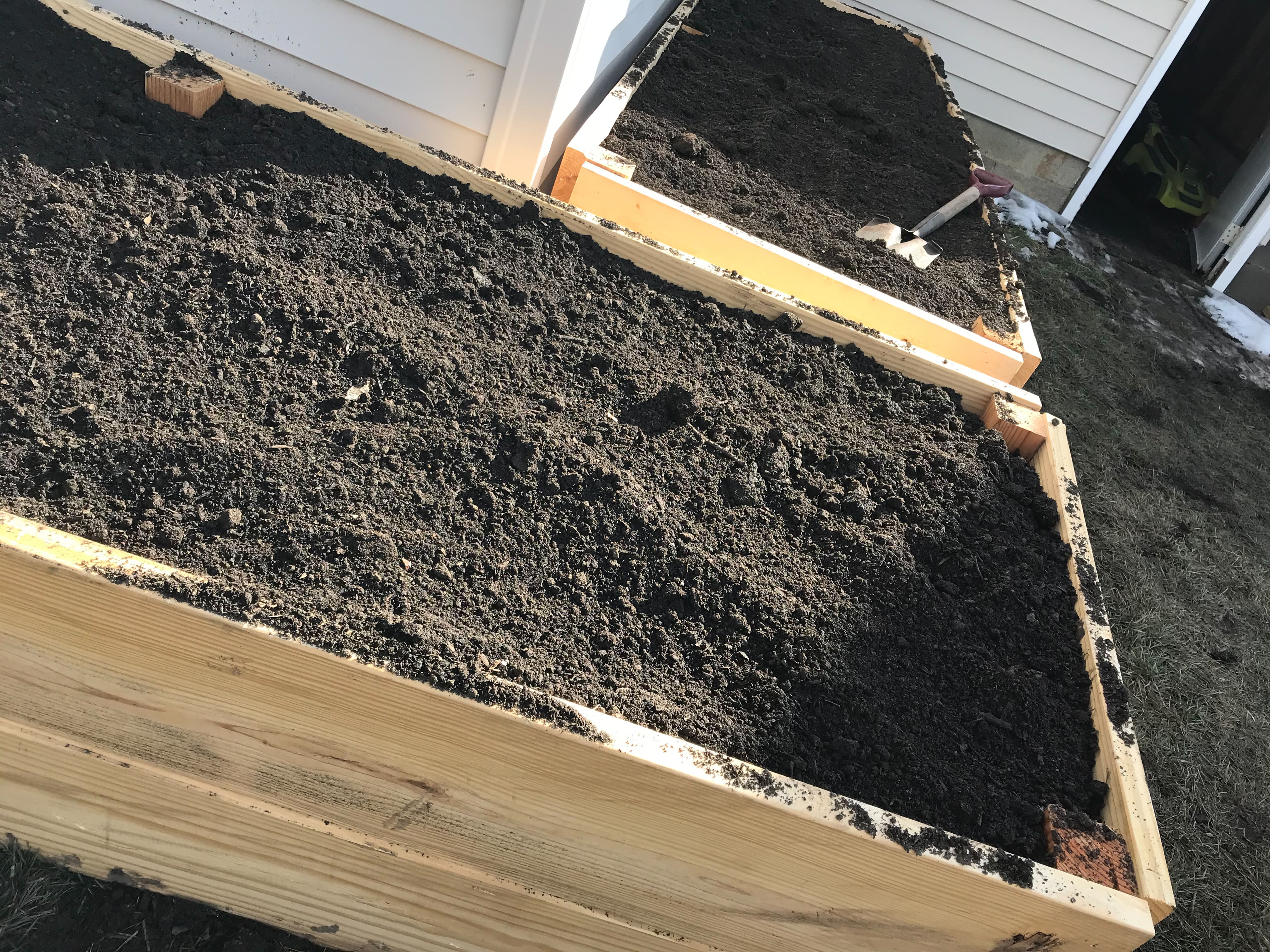
What do I Feed the Soil?
What you feed the soil in your garden will vary according to its current needs – what it needs this year might not be what it needs next year. In fact, the more years you amend your soil, adding layers of compost etc, the better it will get and the happier your plants will be.
But a basic primer is that you want to feed your soil in ways that enable it to maintain its pH level and its balance of N-P-K. Most home vegetable gardens will do well with a soil pH of about 6.5, unless you’re growing something like blueberries that thrive in acidic soil. N-P-K are the three essential nutrients for plant growth: nitrogen, phosphorus, and potassium.
- Nitrogen promotes leafy green growth, so it should be used sparingly – especially on fruiting or root vegetables.
- Phosphorus helps to develop your plants’ root systems. Note that phosphorus doesn’t move through the soil easily, so you need to be sure to scratch it in really well.
- Potassium aids your plants in fighting off diseases or drought. It also helps in developing fruits and bringing seeds to maturity.
More on the specifics on how to know what your soil needs below!

Why Feed the Soil?
Short answer: to be sure it contains the nutrients it needs to feed your future plants. If you want to maximize your chances of a healthy garden and high yields, feeding the soil is a necessary step. Feed the soil, feed the plants.
When Do I Feed the Soil?
Really, you can feed it at any point – when you fertilize during the growing season, that’s also feeding the soil. At Meaghan Grows, we tend to think of seasonal cycles: in the fall/winter, we do a big refresh of compost and leaf mulch. And then with each new planting, we add specific amendments and more mulch.
The off-season, aka fall and winter depending on where you’re growing, is a great time to refresh your garden beds with a few new inches of compost. That gives the soil a good few months to absorb all the new nutrients (and gives the compost more time to age in case it’s still a bit hot). We’d also suggest adding a layer of mulch or some other protection on top of the compost, so it doesn’t erode or compact too much before planting time.
How do I know what my soil needs?
The best way to know for sure is to get a soil test. These are offered by most county extension offices, either for free or for a very reasonable rate. I think here it’s $11. You can also buy soil test kits at garden centers, but these won’t be as accurate.
Worst comes to worst and you don’t know, just add compost! They don’t call it black gold for nothing.
Okay, so hopefully by now I’ve convinced you of the importance of feeding your soil. But what do you feed it? Read on for ten ways to feed the soil and prep for your best garden yet!
Note that I’m specifically talking about amending existing garden beds here – ones that have already grown at least one planting and now need their nutrients replenished. If you’re looking to fill new beds, check out “5 questions to ask before you fill raised garden beds.”
*Product images below are not recommended brands, just available images.*
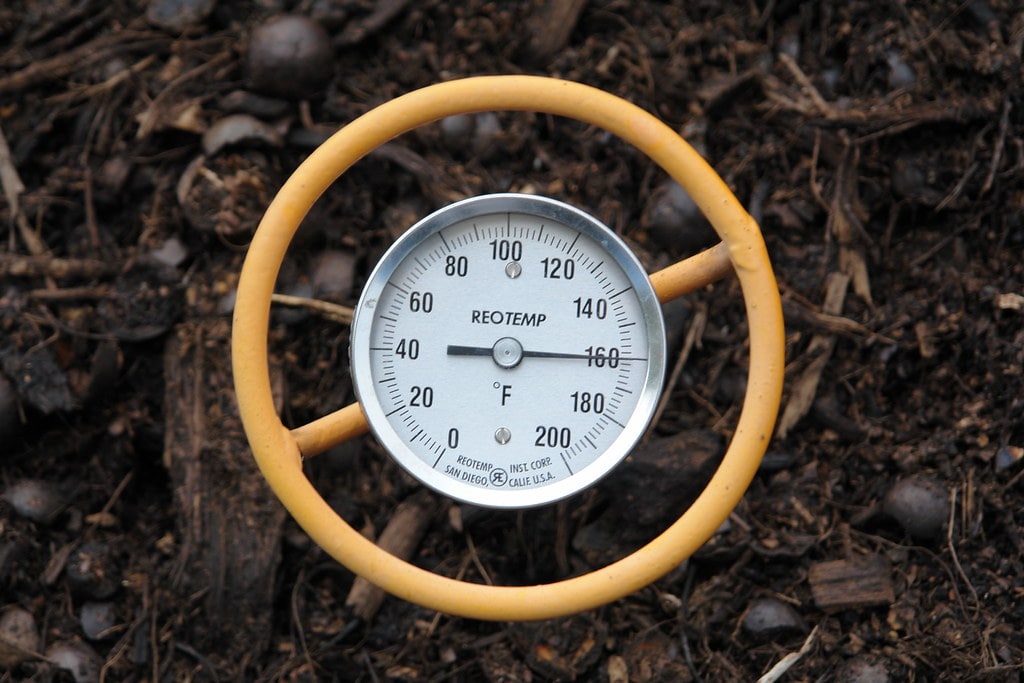
1. Compost
As mentioned above, when all else fails, add compost. You may not be able to target a specific deficiency, but compost will add loads of good stuff to your soil. Essentially, compost is just decomposed organic matter – think kitchen scraps, leaves, garden waste, etc. With the right balance of greens and browns, the help of decomposers like earthworms, and a little time, scraps and waste break down into nutrient-rich compost.
If you have the space, close the loop on some of your own waste by setting up your own compost piles or building a bin system. If that’s not an option right now, you can source good quality organic compost from a garden or landscaping center. Some cities also provide it.
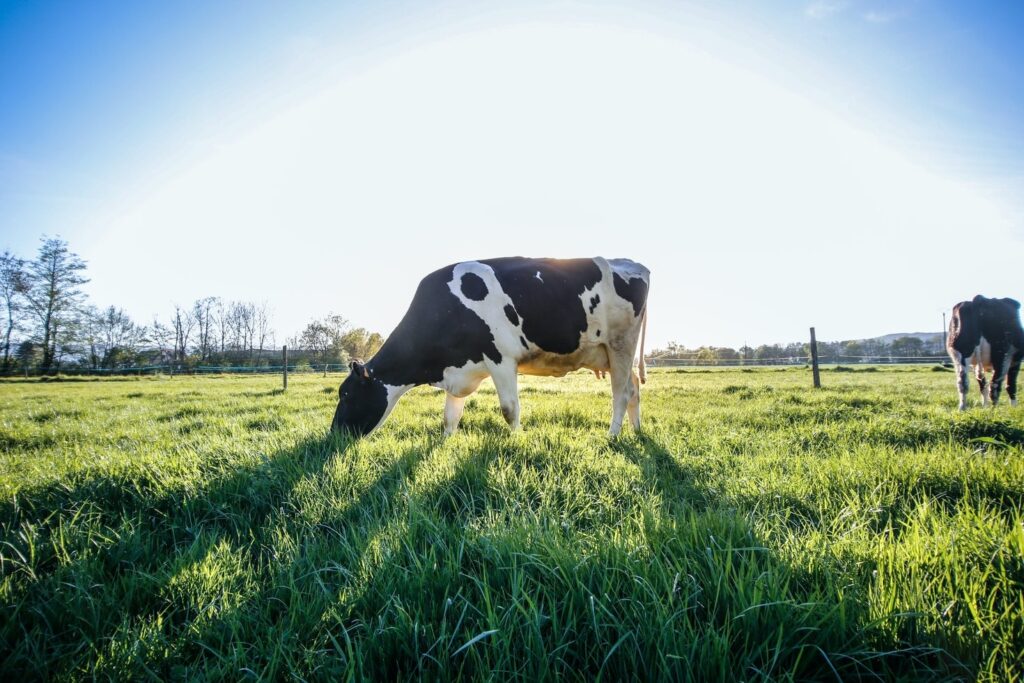
2. Manure
When it comes to adding manure to your garden, there are actually several options, Most animal/livestock manures *must* be composted before they can safely be used as soil amendments. Also be careful of where you’re sourcing manure from as it can be laced with herbicides.
Alpaca and rabbit manure are the exceptions to needing to be composted as these are considered “cold” manures. These can be spread fresh on your garden beds.
And then there’s also green manure, or plant matter still in the process of decomposing. These can come from other parts of your garden or yard or can be grown specifically with the intent to be turned in to the soil, like cover crops. More on those below!
Manures are great ways to add nitrogen to your garden soil.
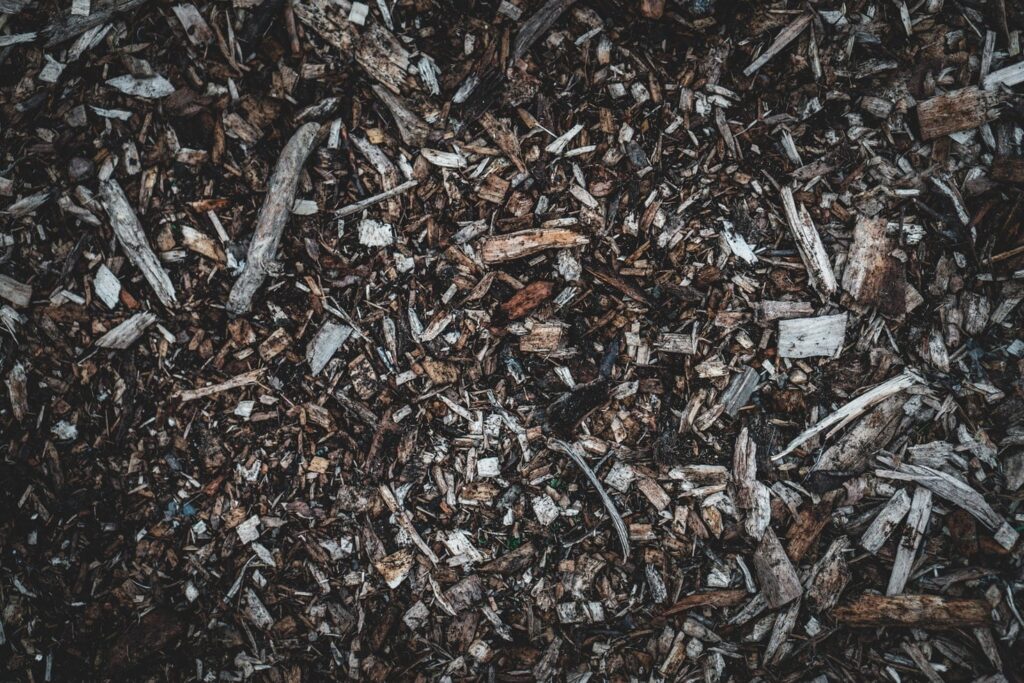
3. Mulch
Like compost, mulch is a sort of all-around wonder amendment. Mulch is essentially just any material you use to cover bare soil. Common mulch choices in gardens include wood chips, straw, cardboard, and fallen leaves.
Mulch feeds the soil as it decomposes, essentially becoming more compost. But it also has a host of other benefits beyond feeding the soil, including suppressing weeds, improving moisture retention, and reducing soil erosion.
4. Cover Crops
Cover crops are those grown with the intent to turn into green manure – i.e. you’re not going to eat them. You’ll either till them into the soil, or, if you practice no-till gardening as we do here, cut the stems off at the soil line and leave the roots to decompose. Many cover crops are nitrogen fixers – like fava beans or legumes – so they restore the nitrogen depleted by crops like tomatoes or peppers. They also act as a living mulch, preventing soil erosion and compaction.
5. Slow Release Fertilizer
As the name suggests, slow release fertilizer is designed to degrade into the soil, releasing its nutrients over time – as opposed to something like a foliar spray, that will deliver a quick hit of nutrients through your plants’ leaves. Slow release fertilizers tend to be the granular type that you top dress or scratch in. Different fertilizers have different balances of NPK so you can select one based on your soil’s current deficiencies or in anticipation of what you plan to grow in that bed in the spring.
6. Blood Meal
Now we’re getting into the more targeted amendments. As the name suggests, blood meal is dried and ground up animal blood – usually cow blood, but it can come from any animal that goes through a meat packing plant. Blood meal both adds nitrogen and can acidify your garden soil, if you’re growing things that prefer lower pH.
Note, though, that blood meal is super concentrated. So you don’t need a lot, and you don’t need it often. Be sure to follow the instructions as too much nitrogen is bad for your soil. At best, it will encourage your plants to put too much effort into leafing out – and not enough into fruiting or developing roots. At worst, it can burn and kill your plants.
If you struggle with critters getting into your garden, blood meal can also help to deter them as they don’t like the smell.
7. Bone Meal
Bone meal also comes from animals butchered for meat. It comes from steamed animal bones, which are then dried and ground into granules you can distribute into your soil. It’s rich in calcium and phosphorus, and, like blood meal, it breaks down slowly. It’s also rich in other minerals like magnesium, zinc, and iron – all of which will benefit both your soil food web and your plants’ growth.
Unlike blood meal, bone meal may actually attract animals – particularly dogs who will go digging for the “bones.” And you don’t want your dog ingesting too much bone meal as it will make them sick.
Also, if you want to use bone meal, be sure you’ve tested your soil and know its pH is below 7. According to a study done at Colorado State, the phosphorus in amendments like bone meal is only bioavailable to plants in acidic soils.
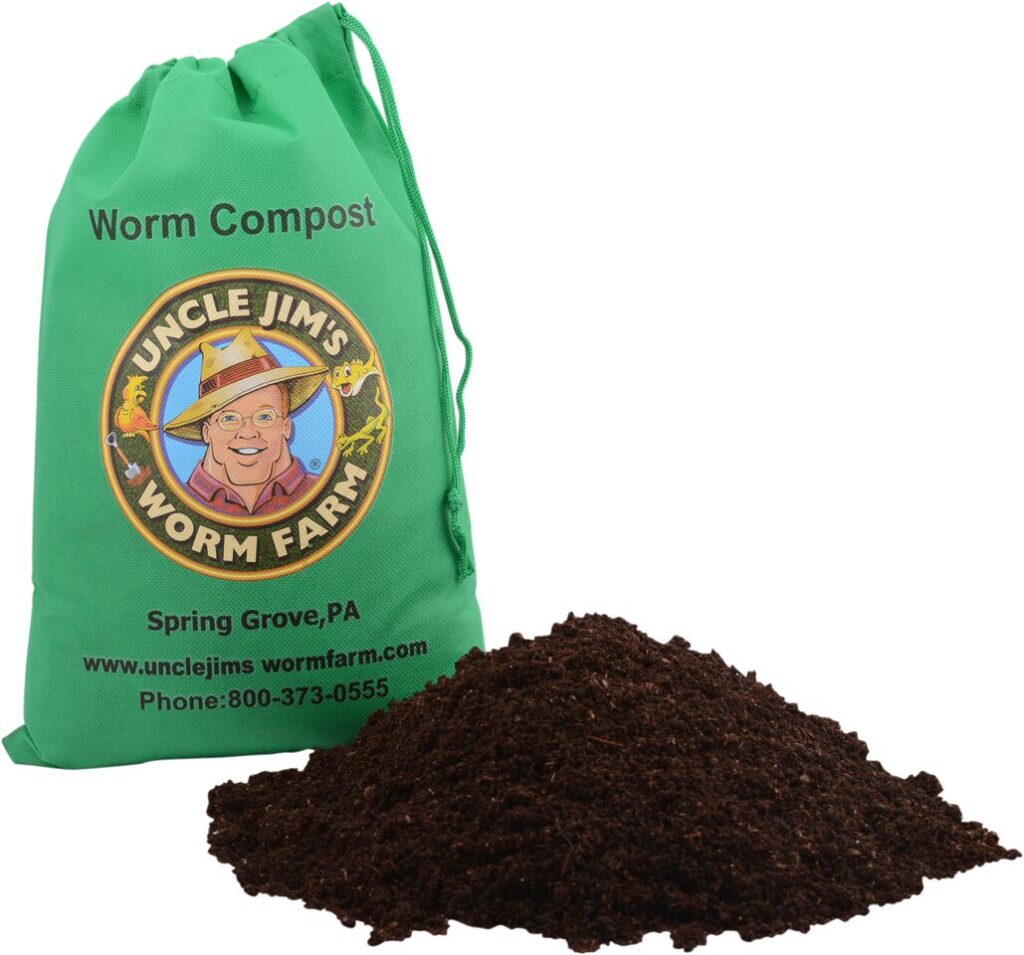
8. Worm Castings
Really, I could have listed worm castings under compost as a specific variety of it. But worm castings are so beneficial – and so easy to get a hold of – that I think they deserve their own entry. Basically, worms are some of the decomposers in regular compost. But in special vermicompost bins, worms break down and digest the waste, leaving behind worm castings. It’s basically their poop, but through their digestive process, magic happens. The worms break down the nutrients into more bioavailable forms for your soil and plants.
Worm castings are also called vermicompost if you’re looking to buy them. But a worm bin is also a super simple, small-scale composting option for anyone in an apartment or the city – or who just wants the benefits of having readily available worm castings!
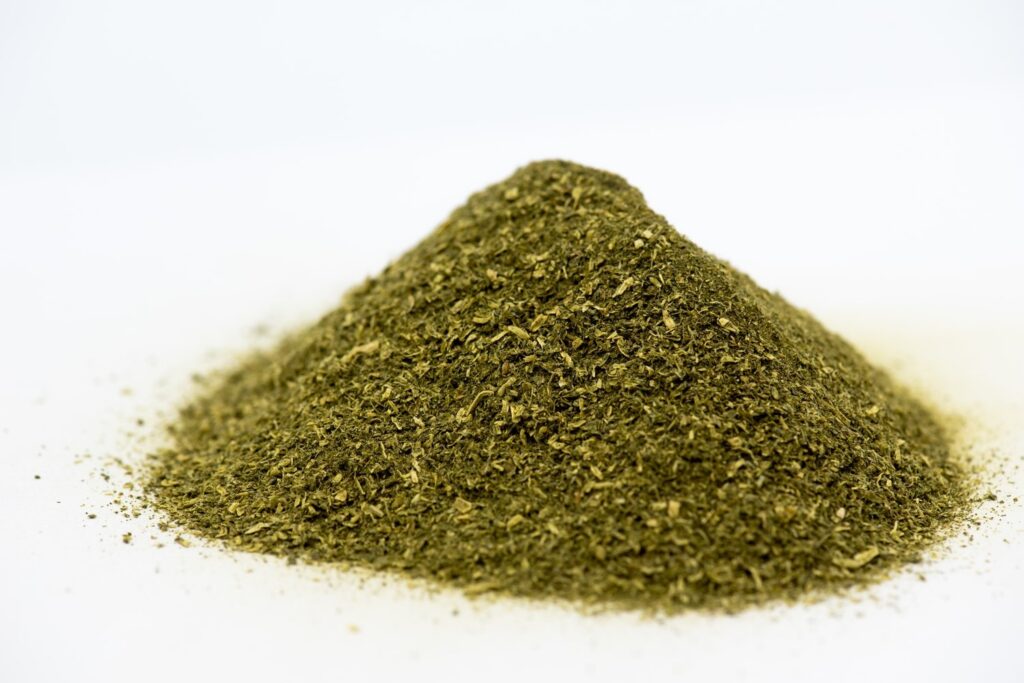
9. Alfalfa Meal
As with the other items in this article referred to as a “meal,” alfalfa meal is just dried, grounds alfalfa plants. Alfalfa meal makes a great soil amendment or fertilizer because it not only contains N, P, and K, it also contains a variety of micronutrients and the growth hormone Triacontanol. Triacontanol is a natural growth hormone that aids plants in growing larger and thicker, and blooming longer.
The NPK content in different alfalfa meal products can vary, but it should be around 3-1-2 (i.e. 3 parts nitrogen to 2 parts phosphorus to 1 part potassium). Micronutrients are also present in lesser amounts, but your plants need less of them. Among the nutrients that can be found in alfalfa meal are calcium, magnesium, sulfar, manganese, iron, copper, boron, and zinc.
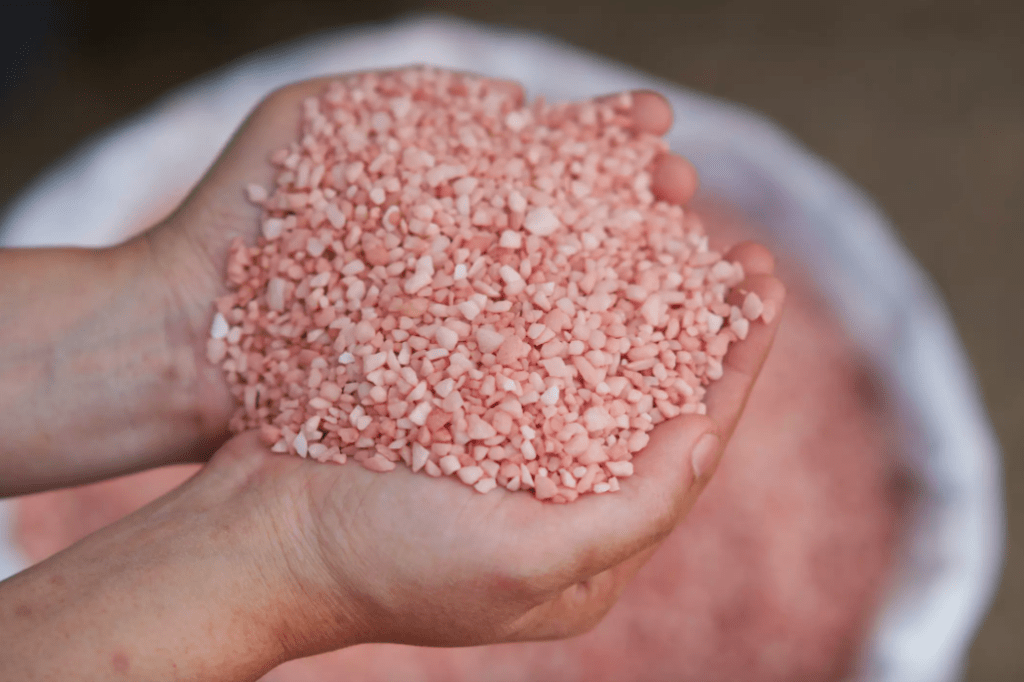
10. Potash
Finally, potash is a wonderful amendment for soils lacking potassium. Potash, which is really just an old-fashioned term for potassium, is a salt harvested from underground prehistoric sea beds.
Potash is critical for balancing out alkaline soils, as well as adding potassium. It supports your plants’ health as well as helping them grow bigger fruits, higher yields, and more abundant flowers.
Of course, there are also loads more targeted amendments depending on your soil’s needs. I tried to cover ten of the most popular here, but your best bet is always to 1. get a soil test and learn exactly what your soil needs, and 2. always add more compost!

Pin it for later:
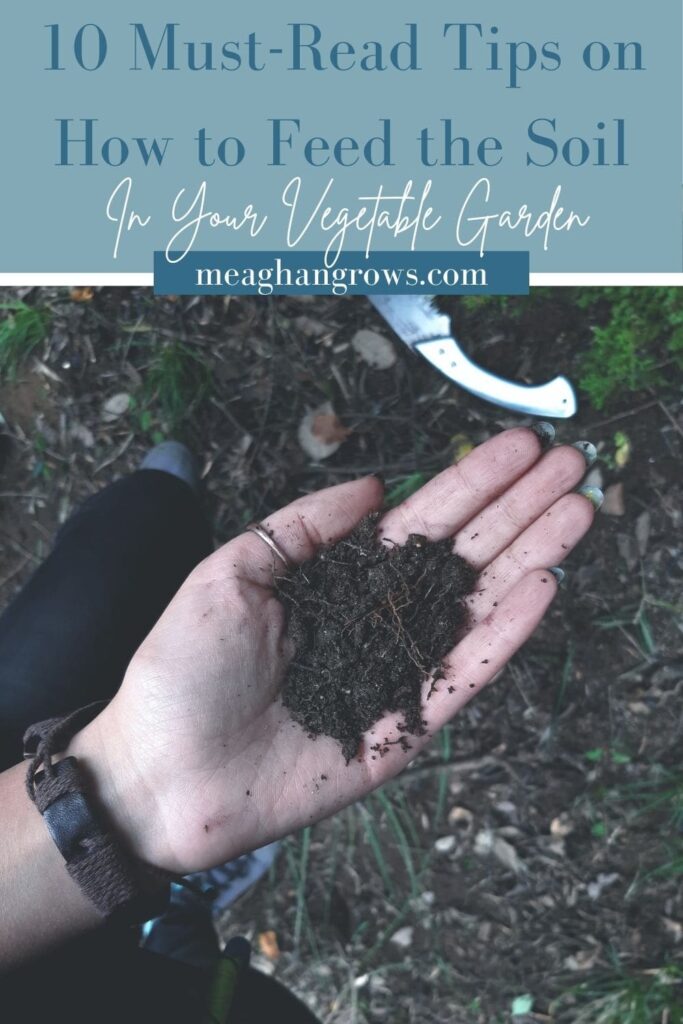

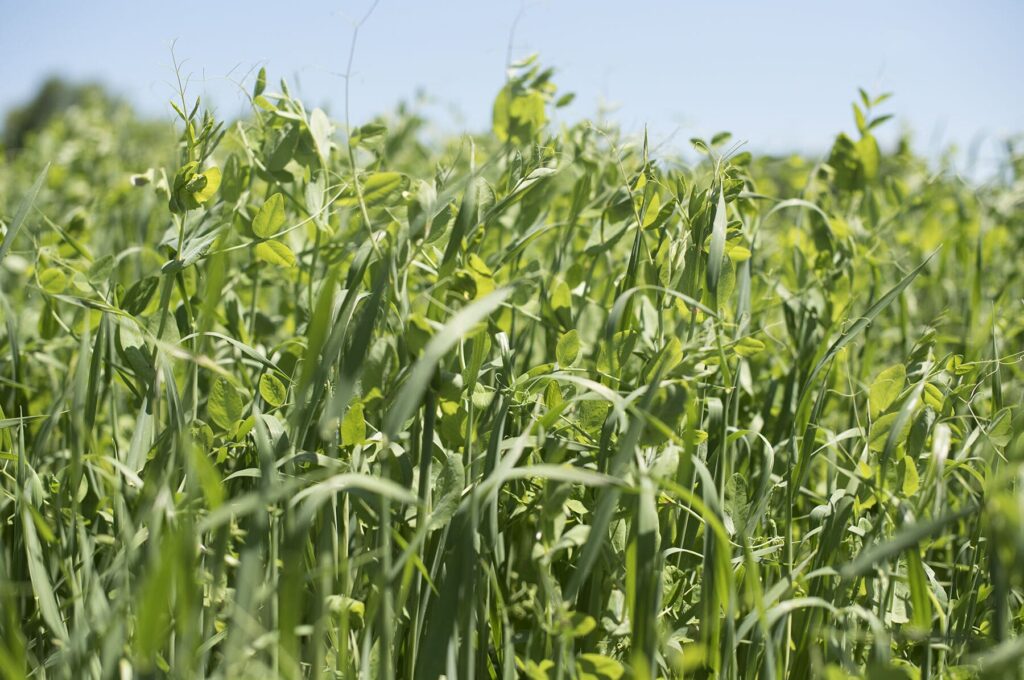

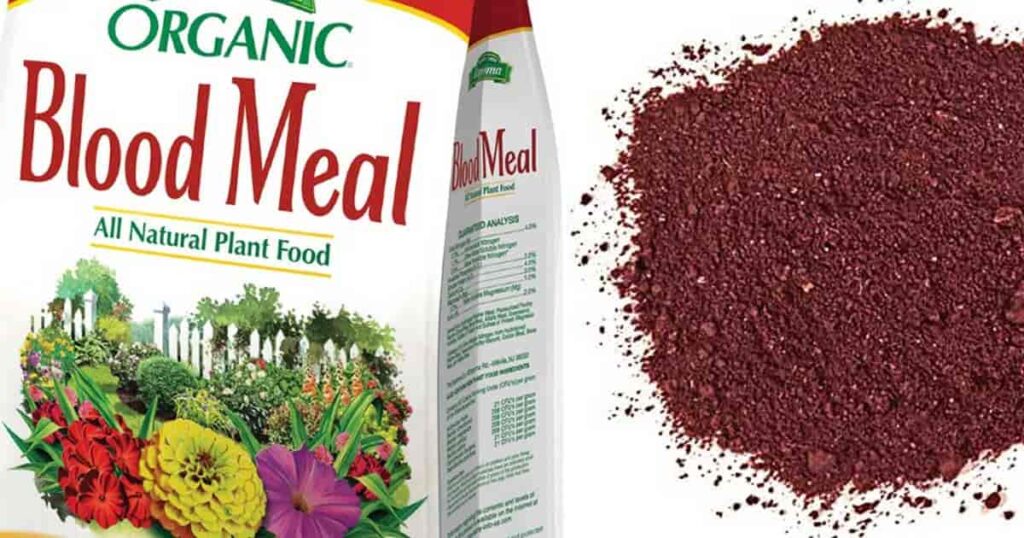
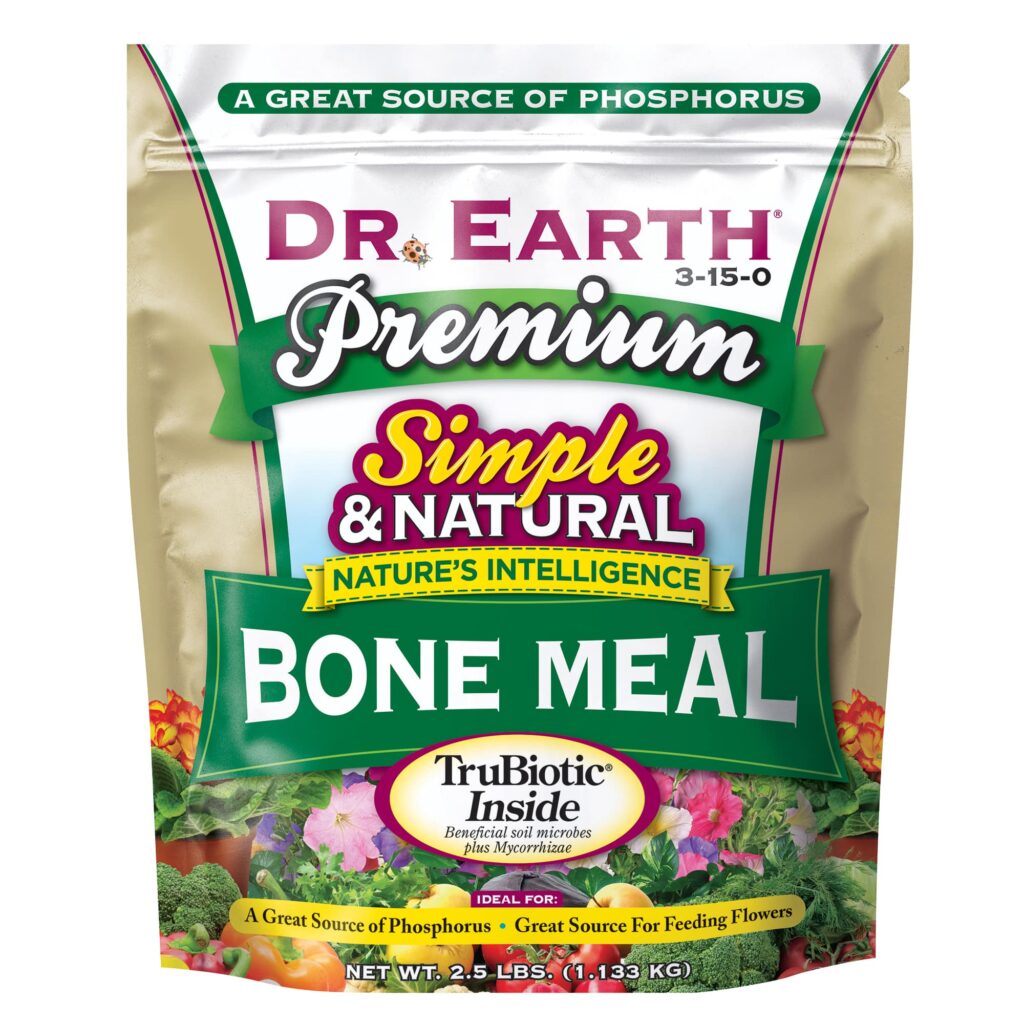

Leave a Reply